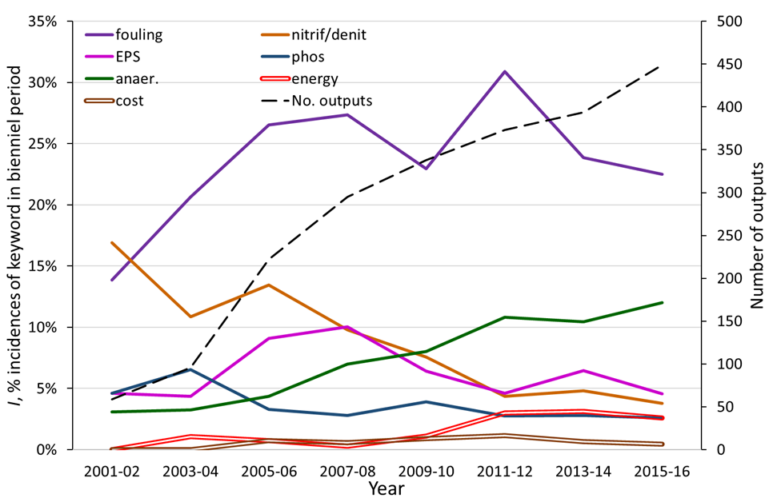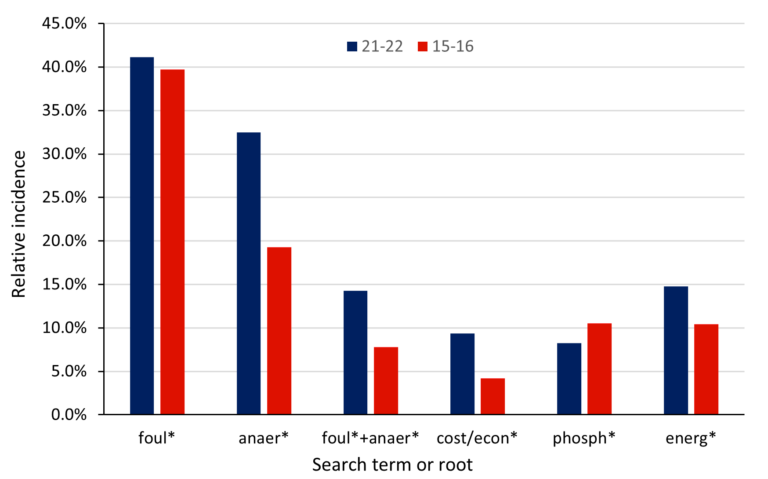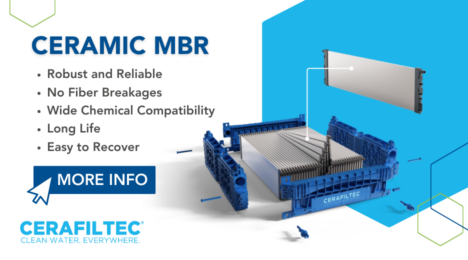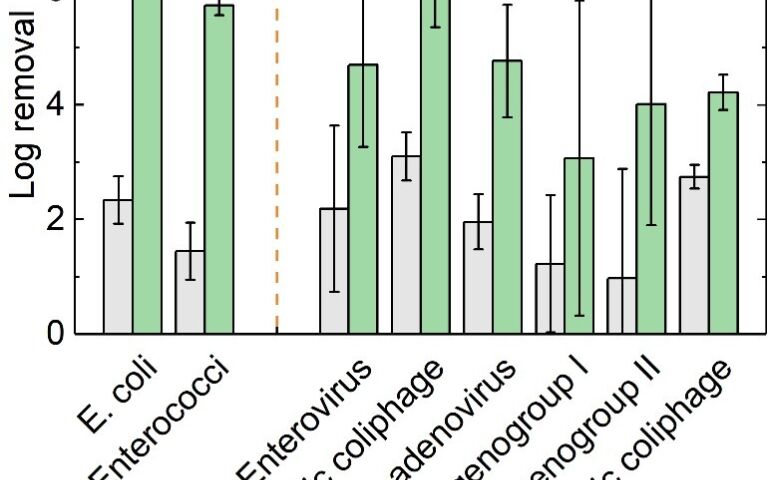MBR academic research, past and present

Simon Judd has over 35 years’ post-doctorate experience in all aspects of water and wastewater treatment technology, both in academic and industrial R&D. He has (co-)authored six book titles and over 200 peer-reviewed publications in water and wastewater treatment.
First of all, if you happen to be reading this blog at the beginning of January when it was first posted, a very Happy New Year to you from myself and Claire (my wife and manager of The MBR Site). 2022 wasn't the best year for us on a personal level, and we're earnestly hoping for a better 2023. But then, we've been saying something similar for the past 3−4 years. And we do live in the UK.
However, today marks an anniversary for me personally. It is now a year to the day when I ceased to be an academic and started working exclusively as a consultant − a role previously fulfilled on an ad hoc basis for about 20 years. But having spent the best part of 30 years as an academic, it's maybe appropriate to reflect on the status of MBR research without this being tainted or biased by self-interest.
Thirteen years ago, I authored a book − imaginatively entitled The MBR Book − which included (as Chapter 2) a fairly comprehensive review of key MBR academic research topics. In fact, most of the heavy lifting for that chapter was completed by the redoubtable Pierre Le Clech (now at the University of New South Wales). A large part of it was dedicated to fouling and foulant characterisation.
At around that time, Ana Santos, a PhD student from Cranfield University − aided by a placement student Wenjing Ma − completed a brief bibliometric review of MBR research and implementation (Santos et al., 2011). Ana generated a word cloud – which, like bibliometric-based analysis, was beginning to catch on at that time – from the keywords of MBR research papers appearing in the SCOPUS database (Fig. 1). The word cloud visually demonstrated the bias towards fouling studies within academic research publications.

Roll forward another six years and another review (Judd, 2017) in which a simple graph was generated, once again based on the keywords of research articles listed in SCOPUS, which demonstrated the continued prevalence of fouling studies within MBR academic research (Fig. 2). This graph also indicated the increasing interest in anaerobic MBRs between the turn of the millennium and 2016, as well as decreasing interest in nitrification/denitrification as a function in MBR technology.

Which brings us to the present day. It’s simple enough to pick out a few of the high-profile topics and conduct a search of the article keywords based on these, normalising against the total number of outputs (i.e. papers which include the term 'membrane bioreactor' or 'MBR' in their title).
A comparison of the results from this search, based on papers published in the past two years, with those from the corresponding two-year period from six years ago are quite revealing (Fig. 3). Fouling, as a research topic, seems to be as popular now as it was six years ago. Research into anaerobic MBRs has continued to increase – an extrapolation of the trend shown in Fig. 2. This naturally means that research into membrane fouling in anaerobic MBRs has also increased.

Research featuring phosphorus has slightly decreased, and it seems likely that the same would apply to nitrification and denitrification: although of great practical significance, they can be considered mature topics of research. Against this, there seem to be proportionally more papers based on cost-related subjects (such as technoeconomic analysis) and energy consumption. More comprehensive analyses, such as life cycle assessment (LCA) are rather less prevalent: over the past two years there were apparently only ten MBR papers featuring the term 'life cycle' in the keywords, according to SCOPUS.
So, what is to be made of this, admittedly, cursory analysis?
Well, firstly, the value of endlessly assaying microbial products and their propensity for fouling membranes has to be called into question. MBR implementation and general efficacy is not solely limited by membrane fouling, not least because conventional chemical cleaning is pretty effective in recovering permeability.
Secondly, the increased focus on cost is a source of great encouragement – as is the apparent increase in studies of energy consumption (this being, of course, a key contributor to cost). The main driver for anaerobic systems generally is the attainment of zero-energy, zero-waste effluent treatment systems.
But there are clearly other areas that demand attention, based on challenges faced by practitioners. Amongst these is the assessment of the process failure modes and their associated risk. Risk assessment is pretty standard practice in the municipal water sector. In academic papers, it is often associated with quantitative microbial risk assessment – which may then be correlated with process failure but most often is not.
Then there’s chemical cleaning impacts on membrane robustness and overall membrane life. This has been the subject of academic research, but considering its importance the number of published papers in this area compared with those dedicated to foulant characterisation is disproportionately low.
And finally, perhaps one of the most fundamentally important research questions of all, what determines the required level of pretreatment? Currently, the answer seems to be 'whatever the technology supplier recommends'. The standard pretreatment train for a medium-to-large MBR installation usually comprises coarse screen – degritter – fine screen. But the ratings of all these unit processes has a pretty significant impact on long-term performance of the downstream membrane separation process. And yet the number of research papers in this area? Well, see if you can find any ...
It's easy to understand why there is such a focus on membrane fouling. It’s a topic that lends itself well to laboratory-based analysis. The analytical methods are well developed, and there are more recently developed ones (such as excitation-emission matrix fluorescence spectroscopy) which can delve deeper into the (bio)chemistry of the foulants. A large body of data can be obtained relatively quickly, and without prohibitive expense, and the outputs are generally publishable − largely because the academics reviewing the work are comfortable with the topic. Against this, assessing the efficacy of a screen, which really demands pilot-scale investigation using real raw sewage and a lot of patience and dedication to obtain a relatively small amount of data relating to the accumulation of extraneous solids, is somewhat onerous and very challenging.
But then, what is life without challenges?









